

— Products —
 Consumer hotline +8618073152920
Consumer hotline +8618073152920 WhatsApp:+8615367865107
Address:Room 102, District D, Houhu Industrial Park, Yuelu District, Changsha City, Hunan Province, China
All products
Carbon dioxide (CO2) concentration sensors are critical tools in various applications, including indoor air quality monitoring, environmental research, greenhouse management, HVAC systems, and safety devices. These sensors help measure the amount of carbon dioxide present in the air, providing valuable data for controlling air quality, optimizing growth conditions in greenhouses, ensuring workplace safety, and studying atmospheric conditions. Understanding how these sensors w···
Tel/WhatsApp:+8615367865107
Email:Arvin@niubol.com +Nearly 100 partner companies in more than 68 countries. We are committed to providing high-quality, practical products to meet your needs and help you solve problems. Our products comply with international standards and are certified with ISO, CE and RoHS.Product Details
Carbon dioxide (CO2) concentration sensors are critical tools in various applications, including indoor air quality monitoring, environmental research, greenhouse management, HVAC systems, and safety devices. These sensors help measure the amount of carbon dioxide present in the air, providing valuable data for controlling air quality, optimizing growth conditions in greenhouses, ensuring workplace safety, and studying atmospheric conditions. Understanding how these sensors work and their applications can help in selecting the right sensor for specific needs.
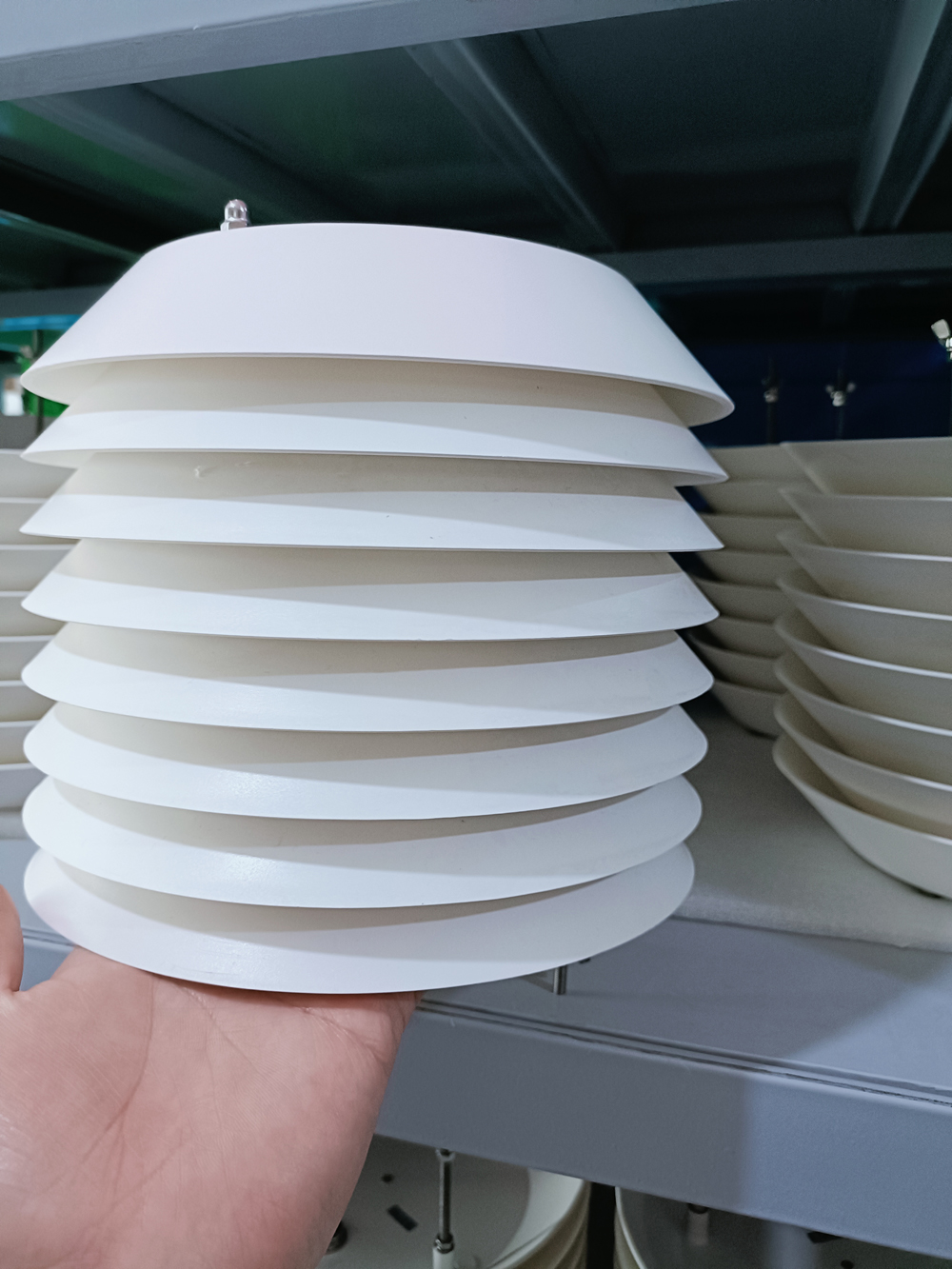
There are several types of CO2 sensors, each operating on different principles. The most common include:
1. Non-dispersive Infrared (NDIR) Sensors: NDIR sensors are the most widely used for measuring CO2 concentrations. They work by emitting infrared light into a gas sample within a chamber. CO2 molecules absorb specific wavelengths of the infrared light, and the sensor measures the amount of light that passes through the gas sample. The concentration of CO2 is determined based on the amount of absorbed light, using the Beer-Lambert law. NDIR sensors are known for their accuracy, long-term stability, and relatively low maintenance requirements.
2. Chemical Sensors: These sensors use a chemical reaction that produces a color change or electrical signal proportional to the concentration of CO2 in the air. While potentially less expensive than NDIR sensors, they can be more prone to interference from other gases and may require more frequent calibration and replacement.
3. Metal Oxide Semiconductor (MOS) Sensors: MOS sensors detect CO2 by measuring changes in resistance of a metal oxide layer when exposed to CO2 gas. These sensors can be sensitive to other gases, which might affect their accuracy for CO2 measurement. However, they are useful in specific applications where cost is a significant consideration.
4. Photochemical Methods: Some sensors use a photochemical process where CO2 absorbs light at a specific wavelength, causing a chemical change that can be measured. This could involve a gas-phase reaction with a chemical compound that changes color or emits a signal when CO2 is present.
| Range: | 0~5000ppm |
| Accuracy: | ±(50ppm+3% reading) |
| Resolution: | 1ppm |
| Power supply | DC 12V-24V |
| Output | 4~20mA /RS485 |
| Instrument cable length | 2.5 meters |
| Load resistance: Current type: | RL≤250Ω |
| Working temperature: | -10℃~50℃ |
| Relative humidity: | 0~100% |
| Product power consumption: | 0.2W |
Calculation formula:
Current type (4~20mA output):
C=(I-4)/16 × 5000
(C is the measured carbon dioxide concentration value (ppm), I is the output current (mA))
- Indoor Air Quality Monitoring: Maintaining optimal CO2 levels in indoor environments, such as offices, schools, and homes, is crucial for comfort and health. High CO2 levels can cause fatigue, headaches, and decreased cognitive function.
- HVAC Control: In buildings with demand-controlled ventilation systems, CO2 sensors help optimize the operation of HVAC systems, improving energy efficiency while maintaining indoor air quality.
- Greenhouse Management: CO2 enrichment can promote plant growth in greenhouses. Sensors are used to monitor and control CO2 levels to enhance crop yield.
- Environmental Research: Scientists use CO2 sensors to study atmospheric conditions, monitor changes in greenhouse gas concentrations, and understand their impact on global climate change.
- Safety: In industries where CO2 is used or produced, sensors can detect hazardous leaks, preventing potential harm to workers and the environment.
When selecting a CO2 sensor, consider the specific requirements of your application, including the desired accuracy, range, response time, and environmental conditions. Regular calibration and maintenance are essential for ensuring the ongoing accuracy and reliability of the sensor. Additionally, it's important to consider the potential presence of other gases that could interfere with the sensor's readings, especially in industrial environments.
In conclusion, CO2 concentration sensors play a vital role in numerous applications, from enhancing indoor air quality to contributing to our understanding of climate change. By selecting the appropriate sensor type and ensuring proper maintenance, these devices can provide accurate and reliable measurements to meet the needs of diverse applications.
Sensors & Weather Stations Catalog
Agriculture Sensors and Weather Stations Catalog-NiuBoL.pdf
Weather Stations Catalog-NiuBoL.pdf
Related recommendations
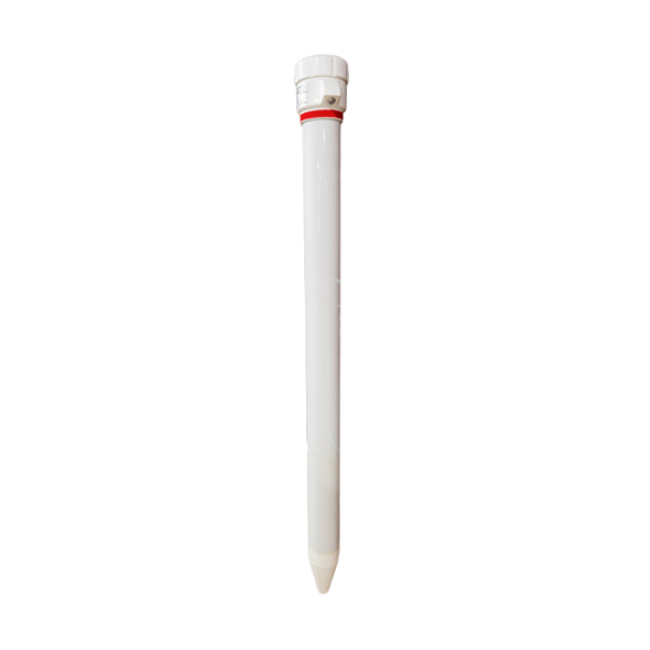 Multi-Depth Soil Sensor RS485
Multi-Depth Soil Sensor RS485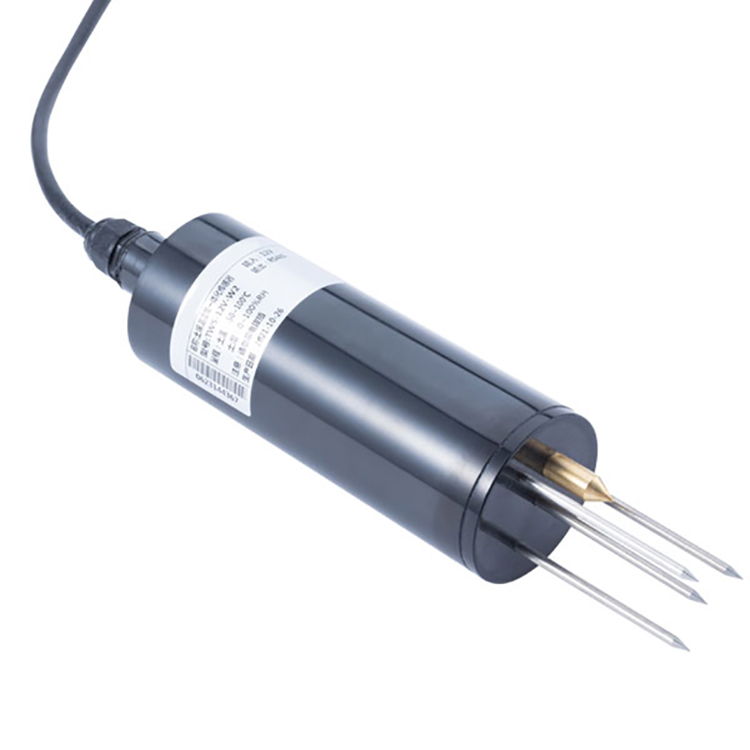 TDR Soil Moisture Sensor
TDR Soil Moisture Sensor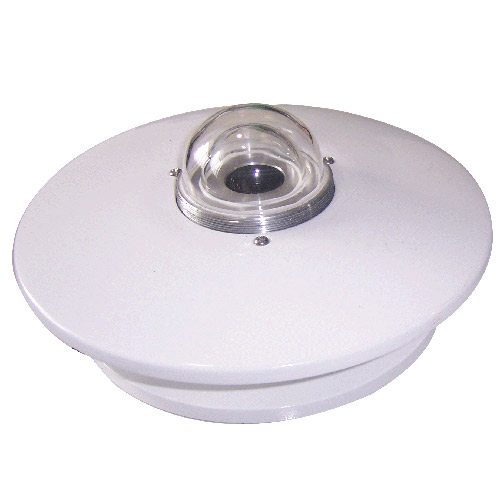 Pyranometer Solar Radiation Sensors
Pyranometer Solar Radiation Sensors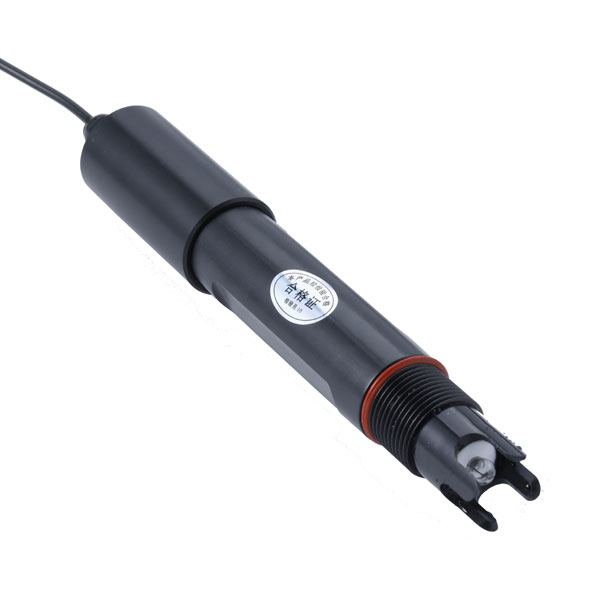 Soil ph sensor
Soil ph sensor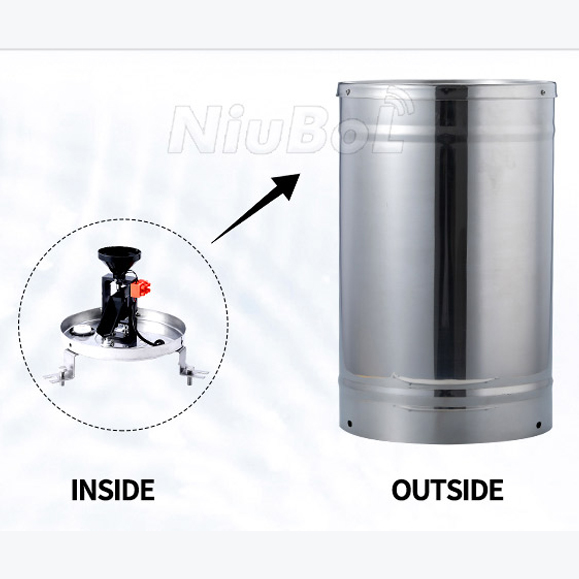 Tipping Bucket Rain Gauge
Tipping Bucket Rain Gauge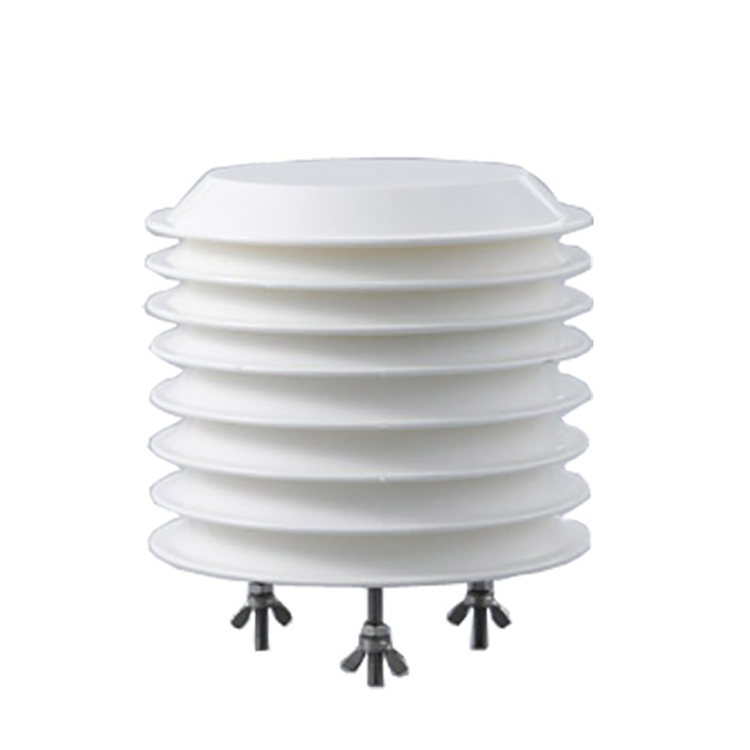 Air Temperature and Humidity Sensor
Air Temperature and Humidity Sensor
Screenshot, WhatsApp to identify the QR code
WhatsApp number:+8615367865107
(Click on WhatsApp to copy and add friends)
